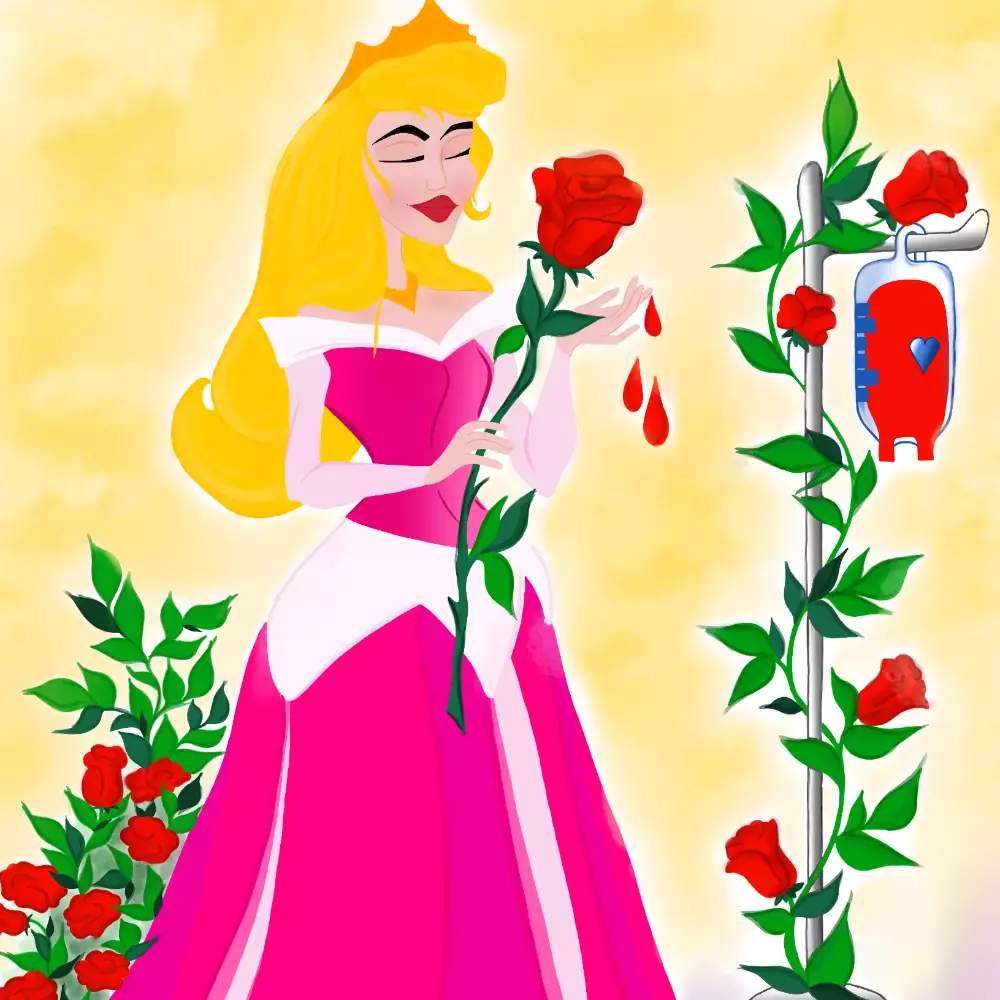Anemia in paediatrics
Anemia is characterized by a reduced concentration of haemoglobin in the blood. This is a serious condition that, according to the WHO, affects up to 40 % of children under the age of 5. Acute anemia can be manifested by an anemic syndrome (fatigue, paleness, shortness of breath, ...), on the other hand, chronic anemia often goes on for a long time without symptoms due to the body's adaptation to reduced concentration of haemoglobin and hypoxia. The diagnosis of anemia is mainly based on medical history, physical examination and laboratory examination of blood and urine. Orientation in the differential diagnosis of anemias and early diagnosis can help to choose an adequate therapy. This algorithm offers three stories in paediatrics of the most common types of anemia, which will guide you through a complex and broad differential diagnosis.
Review
Anemia is one of the most common diseases. Although sideropenic anemia is the most common in paediatrics, other types of anemia cannot be neglected either. Among the more frequently occurring ones are anemia of chronic diseases, congenital hemolytic anemia or autoimmune hemolytic anemia. The interactive algorithm clearly describes the rational examination procedure, differential diagnosis of anemia in paediatrics as well as standard therapeutic procedures.
Sources
SMÍŠEK, Petr. Diferenciální diagnostika anémie v dětském věku. Pediatrie pro praxi. 2014, 2014(6), 330-333.
LUKÁŠOVÁ, Marie, Jana PROCHÁZKOVÁ a Antonín HLUŠÍ. Autoimunitní hemolytická anémie – diagnostika a léčba, včetně transfuze erytrocytů. Transfuze a hematologie dnes. 2017, 2017(1), 41-51.
GALLAGHER, Patrick. Anemia in the pediatric patient. Blood. 2022, year 2022, n. 6, p. 571-593.
HRDLIČKA, Luděk, Pavel KOHOUT, Martin LIBERDA, Michal KONEČNÝ a Martin LUKÁŠ. Doporučený postup pro diagnostiku a léčbu anémie u IBD. Gastroenterologie a hepatologie. 2012, 2012(4), 280-285.
WANG, Mary. Iron Deficiency and Other Types of Anemia in Infants and Children. American Family Physician. 2016, 2016(4), 270-278.
Learning targets
2. The solver understands the basic algorithm of anemia diagnosis and can correctly determine the type of anemia based on the patient's clinical picture and examination results, including laboratory results.
3. The solver is familiar with the therapeutic procedure for individual types of anemia.
Key points
2. Common causes of anemia include increased loss of erythrocytes, increased destruction of erythrocytes and maturation disorder of erythropoiesis.
3. Anemic syndrome is a set of symptoms that includes paleness, fatigue, headache, palpitation or shortness of breath.
4. The therapy of anemia depends on its cause, it includes the substitution of Fe, B12, folic acid up to the administration of blood transfusion.





